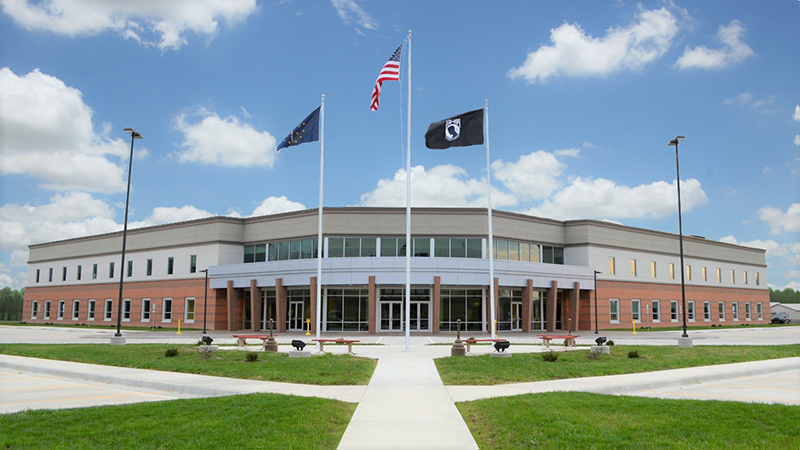Southern Indiana Business Report
ODON – As Naval Surface Warfare Center, Crane moves forward with its creation of a national hypersonics testbed program, identifying partners across government, academia and industry is crucial to the program’s success.
Hypersonics testing is a top priority of the US Department of Defense. The stakes are high because US adversaries have already developed hypersonics programs.
Last month, NSWC Crane hosted MACH-TB 2.0 Industry Day. The event drew more than 200 people from science, technology and defense sectors to WestGate Academy. The Multiservice Advanced Capability Test Bed (MACH-TB) project will evaluate and demonstrate hypersonic capabilities before they are brought into existing defense weapon systems. Hypersonic flight exceeds Mach 5, which is five times the speed of sound.
“This highly anticipated event brought industry and government together to create interest and awareness for Phase 2 of the MACH-TB program. NSWC Crane hosted this event in order to give industry performers a chance to hear from and connect 1:1 with government SMEs from the MACH-TB program,” said Doug Crowe, director of S2MARTS. “Through technical sessions and meet and greets, potential performers walked away with a better understanding of government needs in hypersonics design and development, and therefore are better equipped to present a solution that aligns with the DoD mission.”
NSTXL organized the Industry Day. Speakers included George Rumford, director of the Department of Defense (DoD) Test Resource Management Center (TRMC), a field activity that reports directly to the Under Secretary of Defense for Research and Engineering within the Office of the Secretary of Defense; US Rep. Betty McCollum, D-Minnesota, senior member of the House Appropriations Committee and the top Democrat on the Defense Subcommittee. Also speaking was Shaun Davis, S2MARTS Program Manager at NSWC Crane Division. He gave an overview of MACH-TB 2.0 and the S2MARTS program.
Rumford stressed the goals of MACH-TB are to make flight testing easy, affordable and to revolutionize the capability of frequent testing.
“What that enables is many of these components can be tested early and frequently, so when the PM is making their decision of everything we need to go to war with, there’s many things that have already been wrung out,” Rumford said. “There will always be risks of flight testing, but if we can come up with a way to do it more efficiently and affordably, we will have a new landscape.”
According to information about the Industry Day, the MACH-TB 2.0 project will expand upon the current efforts to provide an affordable bridge between ground testing of low Technology Readiness Level (TRL) technologies and full system flight testing of high TRL technologies. This approach will reduce overall hypersonic development risks and provide rapid transition of innovative hypersonic technologies to the warfighter through the MACH-TB experiment stakeholders.
“The interactive involvement of DoD and Congressional speakers emphasized the priority of hypersonics improvement for the DoD and how this Government-Industry collaboration is made possible through the S2MARTS OTA,” said Crowe.
In March, NSWC Crane held a groundbreaking ceremony for a new strategic and hypersonics research, development, test, and evaluation (RDT&E) facility.
The Missile Technology Evaluation Facility is to be completed at the end of 2025.



